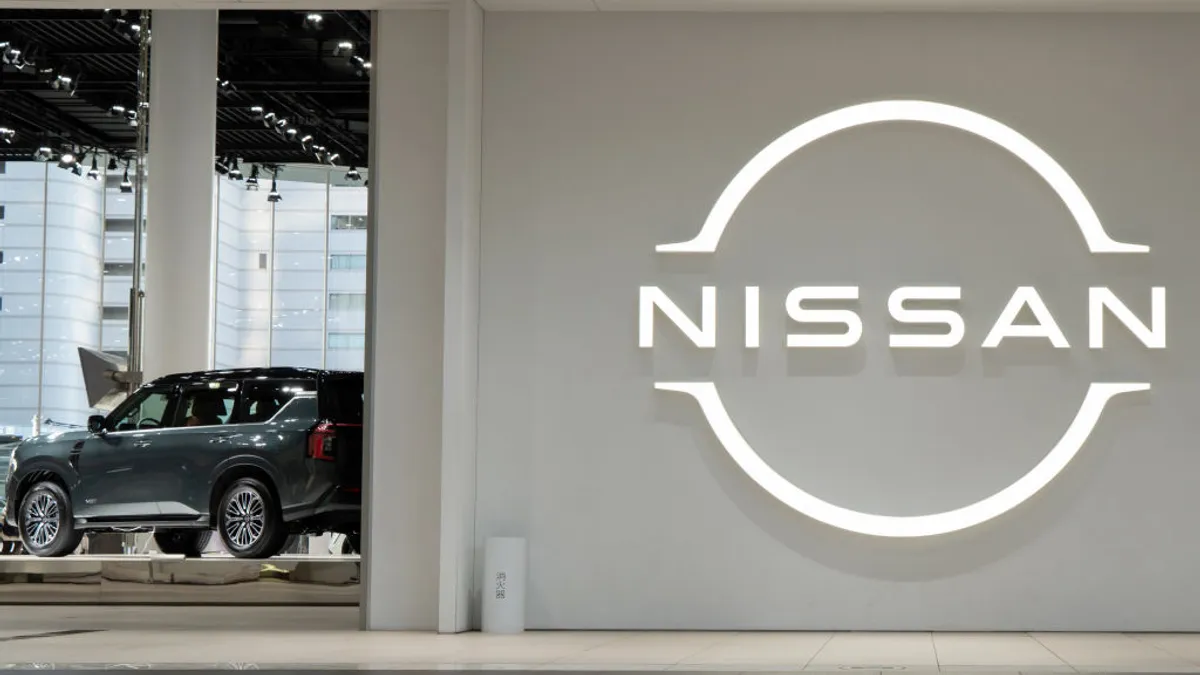Editor’s note: The following is a guest post from Patrick Pugh, Principal, Global Microsoft Alliance and Relationship Leader, PwC.
Remember your first job out of college? I was ready for business and brimming with potential, but I also had a lot to learn. I still do—I’m always learning.
Generative AI is similar. It’s just starting out in the “corporate world, ” with untold possibilities and a ways to go.
Put simply, this term encompasses a category of algorithms, based on models that are trained — unlike a coded or scripted solution. It requires collaboration between the behind-the-scenes technology and the people using it.
Also unlike other AI technology, generative AI is open source, meaning it’s at the imagination and fingertips of millions of developers and users alike. That’s why, in part, it’s such a big deal — because there’s such a massive reach. Previously, AI was constrained to the data scientists of the world.
Overall, generative AI is very fast, productive and consistent. It's a predictive model whose skills can improve rapidly. When used correctly it can be a powerful tool for speed and productivity.
On the other hand, generative AI is not perfect. It cannot understand itself. It must be fed the right information to learn properly. Other applications such as search, however, are already showing results in creative areas like writing and design.
With all the hype, you’re probably wondering: what do I need this technology for? Can it really impact my business? For that answer, let’s start by looking back on another technology that was met with skepticism at first.
Early days of cloud
“To reach the full potential of cloud computing, CIOs will need to continue ‘getting the basics right’, as well as developing new capabilities in key areas such as business relationship management, technology innovation, enterprise architecture and sourcing, in order to truly realize the benefits that cloud has to offer and be positioned as a valuable partner to the business.”
This excerpt is part of a PwC report written a decade ago when many in IT were still trying to figure out the possibilities of cloud. Fast forward to today, and more than three-quarters of executives responding to PwC’s 2023 Cloud Business Report say their companies have adopted cloud in most or all parts of the business.
The early days of public cloud were fraught with skepticism, unsubstantiated risks and resistance. But slowly, business value overshadowed doubt. The ability to lower costs, tighten security, gain agility and better innovate compelled organizations to migrate.
Steps to generative AI
Those who fully embraced cloud then are ahead now. The first step in generative AI adoption is the same: embrace it. Next, take a step back and be deliberate. Organizations must establish governance, document guidelines and define use cases, starting internally.
We see the technology as a new means to transform how our own organization performs knowledge work, as well as our clients. Everyone who creates or consumes text, code and data can benefit from generative AI.
The technology is rapidly (and exponentially) improving, so we expect major leaps beyond the current solutions over the next months and years. And even though anyone can be a user, a spectrum of technical debt is needed to fully realize the potential of generative AI.
We would expect almost every employee — especially within IT — to have an appreciation and basic knowledge of generative AI.
Albeit, the technology is evolving and changing so quickly, that knowledge will need to change quickly, too. Deep expertise from professionals who write complex algorithms and can push not only the technical boundaries but also application limits will also be critical to success.
Use cases now and then
Many of the current use cases are around text and image generation, but when viewed through an IT lens, some of the applications could be in logistics, administration, training and development, and customer engagement to name a few.
For example, we are seeing an emergence of virtual assistants being developed for internal and/or external use. These assistants are now able to help with repetitive tasks such as scheduling appointments or making reservations, or responding to basic and some complex questions of employees and customers.
No matter the use case, it’s important to focus on security and privacy when developing generative AI. The “training” involves an company’s proprietary knowledge and needs to be protected as do the prompts and responses, since they reflect the company, customers and employees.
Generative AI will enhance the way we work and lead to new business value. Take note from the early cloud adopters of yesterday who enjoy a distinct advantage today. Generative AI is on a comparable trajectory and we expect there will be winners and losers in this game of adoption and innovation.






















